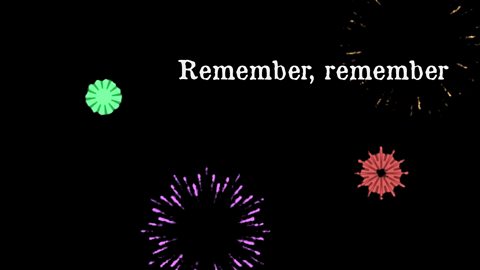The song and other video content explores the plot to blow up the Houses of Parliament in 1605.
Song: Shadows in the night (vocal version)
Shadows in the night
Shadows in the night
Plotters plan a deadly crime
1605 - a dangerous time!…
Shadows in the night
Shadows in… the night
Shadows in the night
Shadows in the night
Catesby, Fawkes and several more
Plot behind a secret door…
Shadows in the night
Shadows in… the night
Shadows in the night
Shadows in the night
Secret plans - Shhhhh…
Whispering - Shhhhh
Shadows in the night
Shadows in… the night
Shadows in… the night
Shadows in the night. Focus: secrets and mysteries; light and shadows; louder and quieter; whispering sounds. Listen to how the backing track features the sounds of some 17th-century instruments of the time (eg recorder, cornett and lute) alongside the mysterious jazzy sounds of double bass and drumkit. The song moves to a slow rhythm, like an early processional dance of the period called a pavane.
Refer to the for more information about the song, including follow-up music activities based on it and suggestions for cross-curricular study.

Why did The Gunpowder Plot happen?
The episode begins in the present at a Bonfire Night celebration where we meet a rat called Maureen. Maureen then takes us back through time to introduce one of her ancestors, a rat living in London in 1605 at the time of The Gunpowder Plot.
Pupils will learn that The Plot was a consequence of the continuing tensions between Protestants and Catholics in England and that in 1605 Catholics felt persecuted by James I, who had become king two years earlier.
Pupils are introduced to two key plotters - Robert Catesby and Guy Fawkes - and find out about their plan to kill King James I by blowing up the Houses of Parliament.

Resources
Song: Shadows in the night - instrumental
Shadows in the night
Shadows in the night
Plotters plan a deadly crime
1605 - a dangerous time!…
Shadows in the night
Shadows in… the night
Shadows in the night
Shadows in the night
Catesby, Fawkes and several more
Plot behind a secret door…
Shadows in the night
Shadows in… the night
Shadows in the night
Shadows in the night
Secret plans - Shhhhh…
Whispering - Shhhhh
Shadows in the night
Shadows in… the night
Shadows in… the night
Information and guidance on the songs and other content in KS1 Music: The Gunpowder Plot
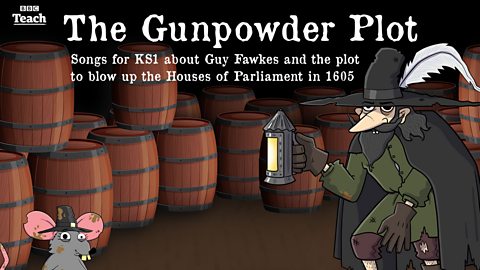
Print / download the lyric sheet (pdf)
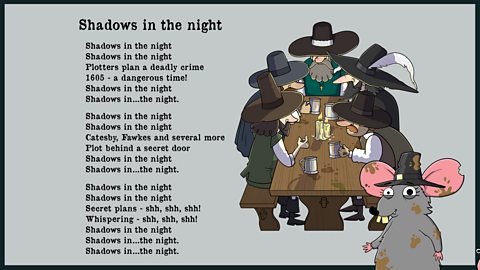
Print / download the music sheet (pdf)
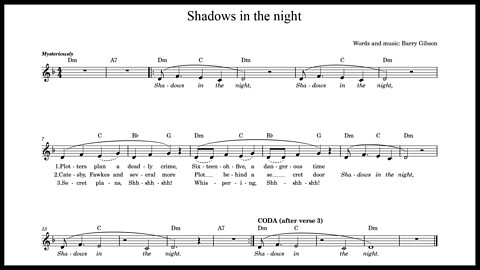
Download the backing track of the music (mp3)


More songs from KS1 Music: The Gunpowder Plot
2. Hundreds of years ago
Focus: Time passing; fire safety; musical scales; simple rhythm-patterns.
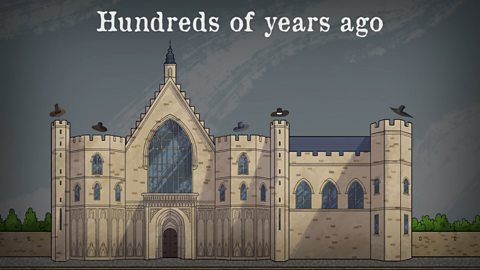
3. Remember, remember
Focus: Steady-beat and rhythm patterns; higher and lower; pitch; saying then singing.
